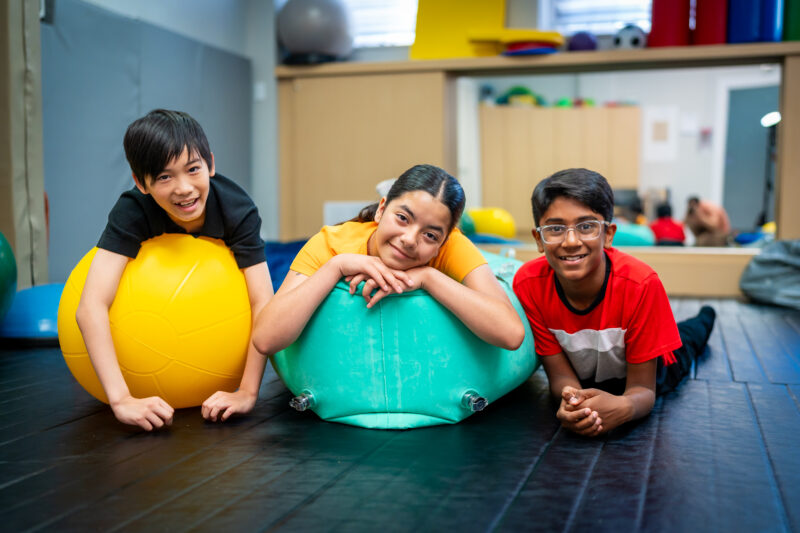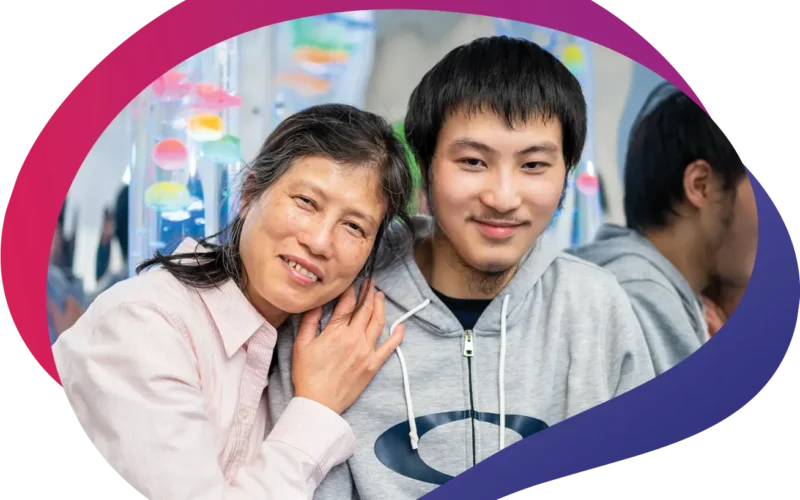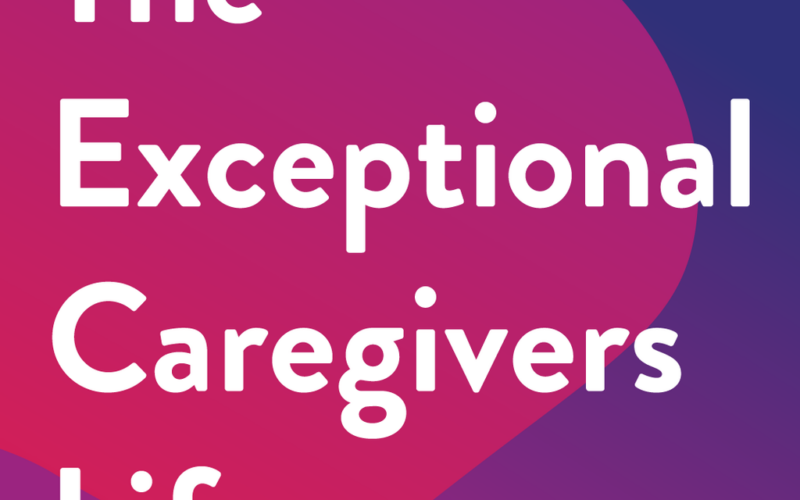Navigating an autism diagnosis can feel overwhelming—especially when you’re confronted with a flood of information, opinions, and misinformation. If you’re trying to figure out what’s real and what’s not, you’re not alone. Lately, public attention has turned to Robert F. Kennedy Jr. and his claims linking vaccines and autism, including the notion of an “autism epidemic.” These statements—such as “vaccines cause autism”—have been widely criticized by scientists, medical experts, and members of the autism community for being misleading, inaccurate, and harmful.
The truth is, autism is a complex neurodevelopmental condition. Understanding it means turning to credible research and listening to those with lived experience. So, let’s talk about what’s fact, what’s fiction, and what families really need to know when it comes to autism spectrum disorder (ASD) and support.

Autism has been historically underdiagnosed.
One of the most important autism facts to know: increased diagnoses don’t necessarily mean more people are developing autism—it means we’ve gotten better at recognizing it.
Since autism was first described in the 1940s, both the criteria and tools for diagnosis have improved dramatically. As awareness grows, more children—and adults—are being accurately identified as autistic, which helps explain the increase in diagnoses over time. But this doesn’t mean there’s a sudden surge or “epidemic”.
As Dr. Leigh Ann Wayland, Psychologist and Manager of Interprofessional Clinical Team at Surrey Place, explains:
We’re seeing real progress in how autism is being identified. Diagnostic assessments are becoming more nuanced and responsive to individual differences. This is especially important for recognizing autism in people who might have been overlooked in the past.”
Dr. Leigh Ann Wayland, Psychologist and Manager of Interprofessional Clinical Team
Importantly, many people from equity-deserving populations—including women, transgender and nonbinary individuals, Black, Indigenous and racialized communities—have historically been underdiagnosed and underrepresented in diagnosis data. Thanks to improved education and outreach, that diagnostic gap is slowly narrowing.
So, does vaccines cause autism?
No. Multiple large-scale studies across decades have found no link between vaccines and autism. Organizations like the Centre for Disease Control and Prevention, World Health Organization, and countless medical institutions have confirmed this. The original study that sparked this myth was retracted for unethical practices and flawed data.
Autism Is Diverse and Complex
Autism is not a single experience. People on the autism spectrum have a wide range of abilities, needs, and perspectives.
Autistic individuals may experience differences in communication, social interaction, sensory processing, and behaviour. But they also bring strengths—such as focus, creativity, expertise in specific topics, and innovative thinking. These traits are part of what makes the neurodiverse community such a valuable part of society.
Understanding autism—and moreover disability—means embracing diversity. It also means involving people with disabilities in shaping policies, services, and conversations—because lived experience is expertise.
The Strengths of Autistic Individuals
Let’s move beyond outdated ideas that frame autism only in terms of challenges. In reality, many autistic individuals thrive in environments where their strengths are recognized and supported.
Some common strengths include:
- Hyperfocus and attention to detail
- Exceptional memory
- Unique problem-solving skills
- Deep knowledge in areas of interest
- Creative and innovative thinking
Unfortunately, societal norms and biases often define success in narrow ways. When autistic people don’t fit those molds, their strengths can be overlooked or misunderstood.
By creating inclusive environments, we open doors—not just for autistic individuals, but for entire communities to benefit from diverse ways of thinking. Liz Phipps, Service Coordinator and Caregiver Advisor at Surrey Place, and member of our Family Advisory Council shares:
We’ve learned to celebrate our child for who he is. Jack loves to swim, go on nature hikes and spend time with his family. He also lives by strict routines, requires sensory calmness, and prefers time on his own. These aren’t things to fix, they’re gifts to nurture. Watching him thrive when he is accepted and encouraged
has been the most powerful part of our journey.”Liz, Caregiver
Why Language Matters
Words shape perception—and when it comes to autism, language can either empower or harm.
Terms like “autism epidemic” or “cure” reinforce the dangerous idea that autism is a tragedy or public health crisis. These ideas, often repeated in RFK autism vaccine narratives, dehumanize autistic people and spread fear. Instead, we should use affirming, respectful language. Many in the community prefer identity-first terms like “autistic,” though preferences vary. What matters
most is centering dignity and asking individuals how they identify.
Support Is Not About Prevention—It’s About Empowerment
Support for autistic individuals isn’t about “fixing” or preventing autism—it’s about working alongside each person to help them build skills, confidence, and self-determined lives.
At Surrey Place, we provide holistic, individualized and evidence-based care from childhood through adulthood. Services include:
- Applied Behaviour Analysis (ABA) Group Therapy
- 1-to-1 Focused Behavioural Intervention and Full Day ABA
- Speech and language therapy
- Occupational therapy
- Mental health group
- Child and teen counselling
Our approach recognizes that every person’s journey is unique. Whether you’ve just received an autism diagnosis or are looking for next steps, we’re here to walk with you.
The right support isn’t about changing who someone is. It’s about helping them thrive in a world that truly sees and supports them and helping push boundaries.
Dr. Nancy Freeman, Psychologist and Director of Autism Behavioural Services
So, What’s Important to Know About Autism?
There’s a lot of noise out there—especially when it comes to autism vaccines, RFK’s claims, and so-called “epidemics.” But the facts are clear:
- No connection between vaccines and autism
- Autism is not an epidemic; we’re getting better at diagnosis
- Autistic people deserve respect, support, and opportunities—not fear-based
narratives - Support means working alongside each person
Most importantly, what matters is listening—to decades of research, to expert professionals, and to the voices of autistic people themselves.
Creating a world without limits requires breaking down barriers together. We can only do this through empathy and collaboration, not alienation and dehumanization.
Learn more about how we can support your autism journey: Your Child Has Autism-Now What?


